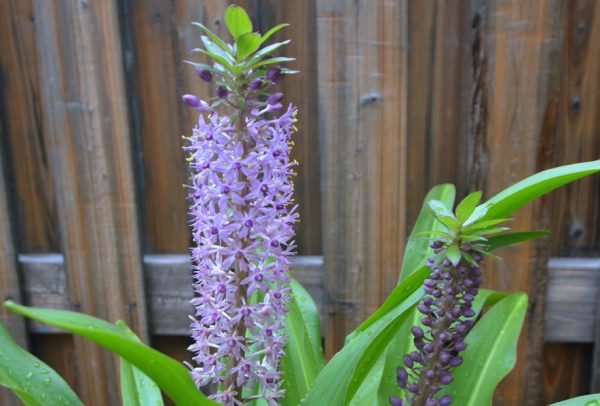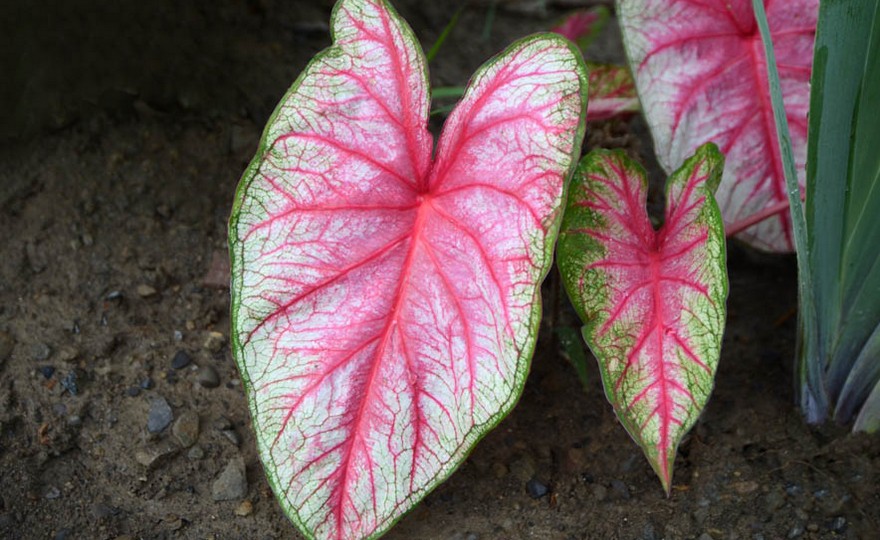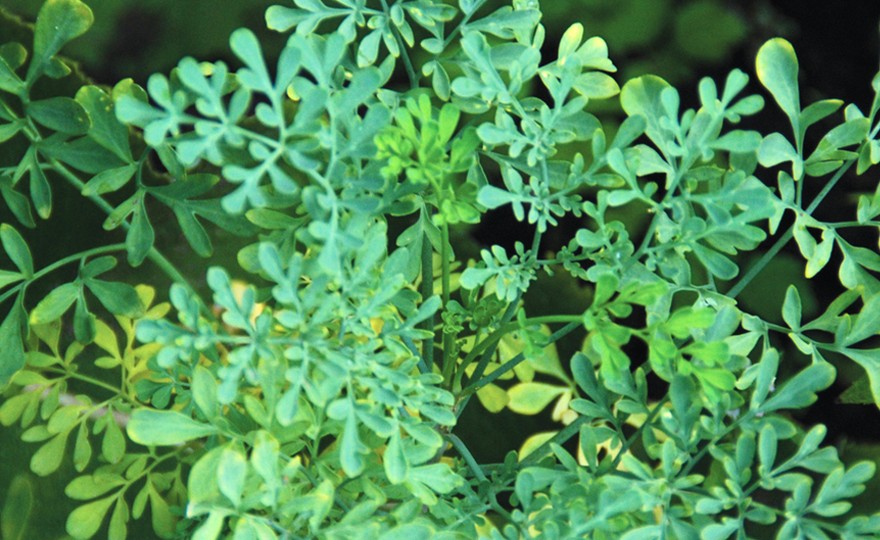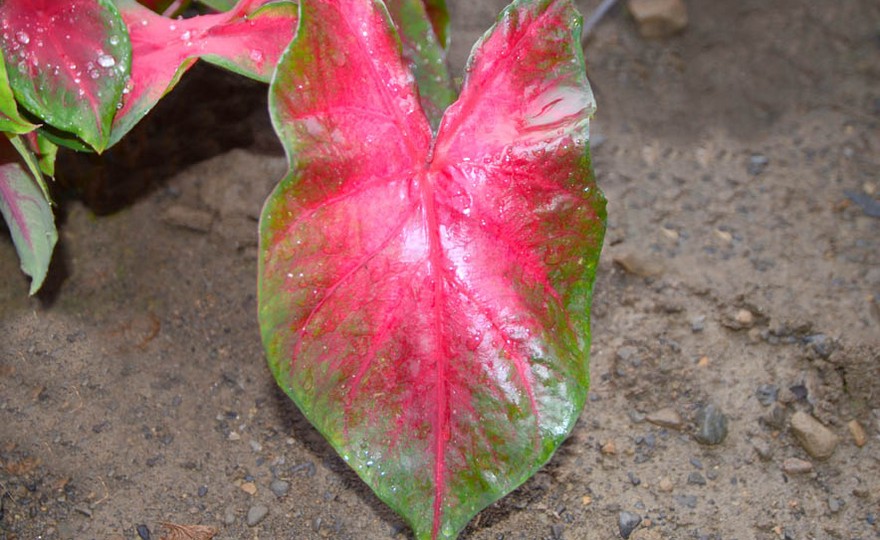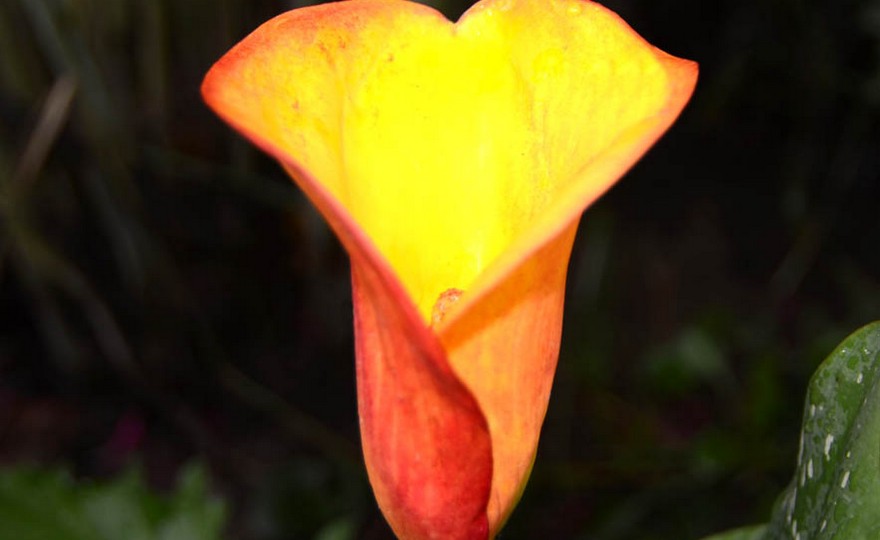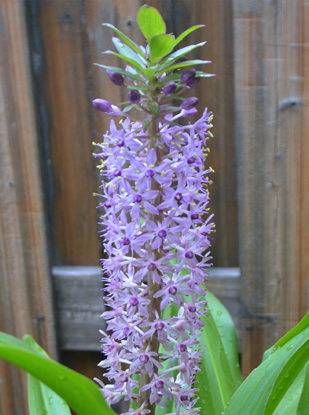
Pineapple Lily, Reuben – 2 Bulbs Per Package
-
- **SOLD OUT** HOLIDAY GIFTS **SOLD OUT**
- **SOLD OUT** Holiday Books **SOLD OUT**
- **SOLD OUT** Holiday Citrus **SOLD OUT**
- **SOLD OUT** Holiday Gift Certificates **SOLD OUT**
- **SOLD OUT** Holiday Paperwhites **SOLD OUT**
- **SOLD OUT** Holiday Praying Mantis Kits **SOLD OUT**
- **SOLD OUT** Holiday Tools **SOLD OUT**
- **SOLD OUT** Holiday Wildflower Mixtures **SOLD OUT**
- Citrus Trees
- **SOLD OUT** - Vegetable and Herb Plants - Mix & Match any 6 Plants for $50 - Only Shipped in Quantities of 6
- Elephant Ear Plants & Roots
- **SOLD OUT** 4-Inch Pot Herb Plants **SOLD OUT**
- Rare Plants
- **SOLD OUT** Vining Plants **SOLD OUT**
- Asian Seeds
- Beneficial Bugs
- Books
- Citrus Fertilizers
- Cold-Treated Bulbs - SEE BULBS FOR FALL PLANTING TO ORDER
- Cold-Treated Allium
- Cold-Treated Chionodoxa
- Cold-Treated Crocus
- Cold-Treated Hyacinthoides
- Cold-Treated Hyacinthus Orientalis
- Cold-Treated Narcissus
- Cold-Treated Cyclamineus Narcissus
- Cold-Treated Double Heirloom Narcissus
- Cold-Treated Jonquilla Narcissus
- Cold-Treated Large Cupped Narcissus
- Cold-Treated Poeticus Narcissus
- Cold-Treated Small Cupped Narcissus
- Cold-Treated Species Miniature Narcissus
- Cold-Treated Split Cupped Narcissus
- Cold-Treated Tazetta Narcissus
- Cold-Treated Triandus Narcissus
- Cold-Treated Trumpet Daffodils
- Cold-Treated Ornithogalum
- Cold-Treated Rock Garden Iris
- Cold-Treated Scilla
- Cold-Treated Tulips
- Cold-Treated Emperor Tulips
- Cold-Treated Fringed Tulips
- Cold-Treated Green or Viridiflora Tulips
- Cold-Treated Lily Flowering Tulips
- Cold-Treated Parrot Tulips
- Cold-Treated Peony Flowering Tulips
- Cold-Treated Single Early Tulips
- Cold-Treated Single Late Tulips
- Cold-Treated Species Tulips
- Cold-Treated Triumph Tulips
- Flower Bulbs, Corms and Tubers
- Bulbs for Spring Planting
- Bulbs for Fall Planting - ALL BULBS AVAILABLE ARE COLD TREATED FOR PLANTING AS SOON AS SOIL CAN BE WORKED
- Fall Blooming Bulbs
- Garden Tools & Equipment
- Gift Certificates
- HHH Exclusive Wildflower Mixtures
- Wildflower Mixtures
- Heirloom Garlic
- Potatoes
- Roots & Sets
- Seeds
- Flowers
- Herbs
- Vegetables
- **SOLD OUT** HOLIDAY GIFTS **SOLD OUT**
-
- No products to compare
-
3 in stock
Quick Overview
PINEAPPLE LILY, Reuben
FULL SUN Pineapple Lilies were introduced into Europe and the British Isles in 1760. The species was E. autumnalis. 23 years later, E. comosa, the species which is now most frequently cultivated was introduced. Today E. comosa Reuben and E. comosa Sparkling Beauty grace few American gardens, but their popularity is growing and this is great!
The scientific name of the Pineapple Lily is Eucomis which means “beautiful headed” and refers to the tuft of leaves which forms at the very top of the blossom and resembles the top of a pineapple fruit, hence the nickname “Pineapple Lily”. The plants are indigenous to South Africa, particularly the Natal, Eastern Cape and Transvaal areas. They actually belong to the Lily family, and they are a rather small group of species (approximately 10).
Pineapple Lilies make great container plants – three bulbs in a 10-12 inch diameter pot is recommended. They produce slightly smaller plants (12-14 inches as compared with 18+ inches for plants planted directly in the ground), but flourish when raised in pots. They are incredibly easy to winter over and multiply rapidly.
Reuben is the result of traditional plant breeding techniques and was developed to produce a more vividly colored, strongly purple flower spike and to produce a plant that was more hardy than the existing species. Reuben is hardy from Zones 7-11. The Reuben flower spike is 16-24 inches and covered with vividly purple blossoms secured to a deep burgundy stem. The “pineapple tuft” at the top of the flower spike is nestled in a deep burgundy cushion and the leaves are bright green edged in burgundy. The overall effect is spellbinding.

Pineapple Lily, Reuben
With the exception of the Deep South, Pineapple Lilies are rarely seen in American gardens and that is a real shame. These oddities of the plant kingdom produce huge blossom spires encircled with a cylinder of flowers. These flower cylinders extend nearly the full length of the blossom spires and the flowers attract a panoply of beneficial insects. They are great pollinator plants. They are also some of the longest lasting blossoms in the plant kingdom. In Hardiness Zones 8-10, they begin blooming in June and the single spire can last until August. In Hardiness Zones 4-7, they begin blooming in July and continue until the end of August.
Pineapple Lilies make great container plants – three bulbs in a 10-12 inch diameter pot is recommended. They produce slightly smaller plants (12-14 inches as compared with 18+ inches for plants planted directly in the ground), but flourish when raised in pots. They are incredibly easy to winter over and multiply rapidly.
The scientific name of the Pineapple Lily is Eucomis which means “beautiful headed” and refers to the tuft of leaves which forms at the very top of the blossom and resembles the top of a pineapple fruit, hence the nickname “Pineapple Lily”. The plants are indigenous to South Africa, particularly the Natal, Eastern Cape and Transvaal areas. They actually belong to the Lily family, and they are a rather small group of species (approximately 10).
The bulbs are large, with a flat bottom and a pointed top. The bulbs produce bulblets which form around the outside of each bulb. These bulblets can then be removed from the main bulb and will produce plants.
Pineapple Lilies were introduced into Europe and the British Isles in 1760. The species was E. autumnalis. 23 years later, E. comosa, the species which is now most frequently cultivated was introduced. Today E. comosa Reuben and E. comosa Sparkling Beauty grace few American gardens, but their popularity is growing and this is great!
Reuben is the result of traditional plant breeding techniques and was developed to produce a more vividly colored, strongly purple flower spike and to produce a plant that was more hardy than the existing species. Reuben is hardy from Zones 7-11. The Reuben flower spike is 16-24 inches and covered with vividly purple blossoms secured to a deep burgundy stem. The “pineapple tuft” at the top of the flower spike is nestled in a deep burgundy cushion and the leaves are bright green edged in burgundy. The overall effect is spellbinding.
Sparkling Burgundy may be the best known Pineapple Lily in cultivation. Like Pineapple Lily Reuben it was developed through traditional plant breeding techniques for gardeners looking for a bronze-leaved Eucomis. The 16-20 inch tall plant produces stunning flower spikes. The spikes are burgundy and very thick, approximately 1-inch in diameter. These flower spikes are covered with pinkish cream blossoms. The leaves of the plant are deep bronze. Sparkling Beauty is even hardier than Reuben being hardy from Zones 6-11. I have to say that I have never seen a Pineapple Lily survive a Zone 6 winter, but, perhaps, with lots of fall mulching it can.
Because Pineapple Lilies are only safely hardy in Zones 8-11, they should only be planted in the ground in these zones. If you want them in your garden and you do not live in Zones 8-11, then our recommendation is to plant your lilies in pots and then plant the pots in your garden.
Eucomis like full sun, warm rich soil and plenty of water. As long as the soil has plenty of organic matter, like peat moss, and is well drained, your Pineapple Lily will do well.
Plant the bulbs 5-7 inches deep and at least 12 inches apart. Dust the hole dug for the bulb with bone meal. Towards the end of the bloom cycle reduce the amount of watering. Feed the plants once a month with a blossom booster fertilizer.
To winter over the bulbs, mulch heavily in the fall with at least 4 inches of mulch.
Pineapple Lilies can be grown easily in containers. We recommend using a 10-12 inch diameter container and planting 3 bulbs per pot. Check out the soil mix described in detail in our Harvesting History YouTube video. Do not use prepared soil mixes.
The Best Soil Mix for Containers
Briefly, the soil mix we recommend is 60% topsoil, 20 % peat moss and 20% dehydrated manure.
Plant the bulbs 5 inches deep. Heavily dust the soil surface with bone meal before placing the bulbs on the soil and covering them with soil. Water heavily when planted and then keep the soil moist but not soaked and never let the pots stand in water.
Fertilize weekly or bi-weekly with a blossom booster fertilizer.
In the fall, before the first frost, remove the dying flower spike and bring the plants indoors. You can cut them back or let the leaves grow. Often the leaves become very long and gangly and you might want to cut them back then. If you cut the leaves back reduce watering to once a month. Sometimes all the leaves die back, but new growth emerges in the spring. Eucomis like a gentle dusting with bone meal a few weeks before they are placed outside.
Pineapple Lilies are a precious piece of exotica in our spring and summer gardens. Their blossoms last a long time and pollinators love them. They are easy to grow, easy to winter over and they make great container plants. Really, what more could you ask for in a plant?

